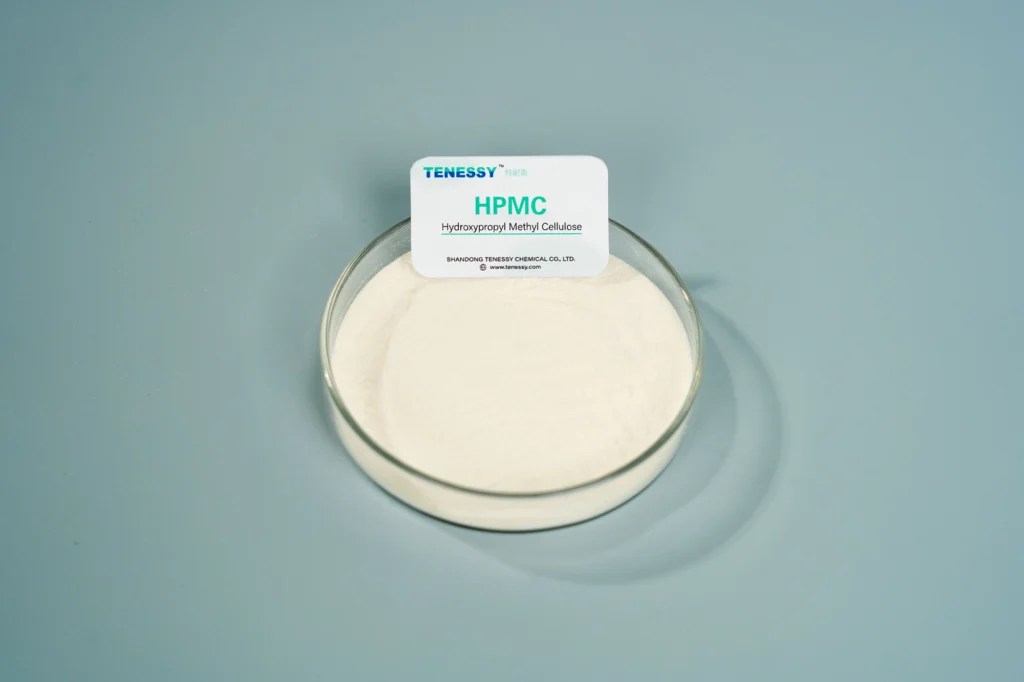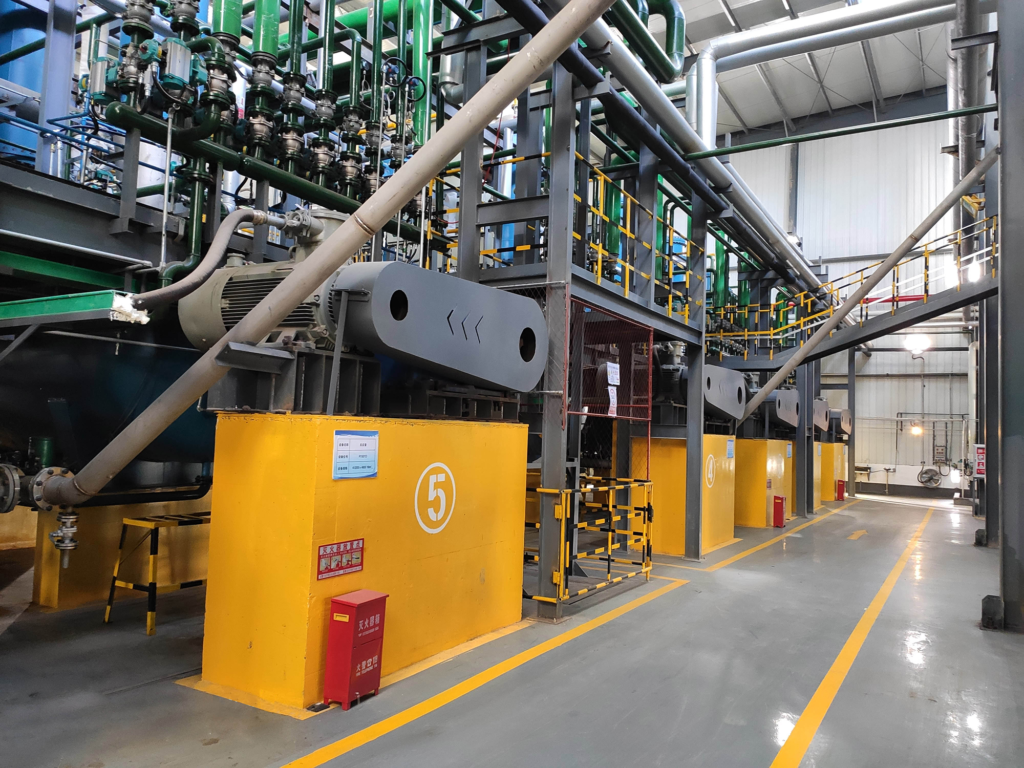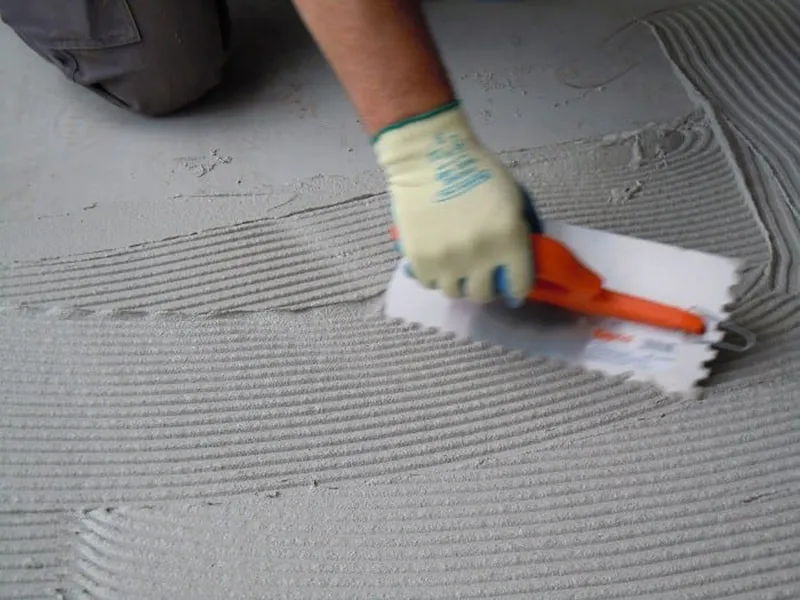I.Cellulose Ether Market Drivers
Cellulose Ethers are experiencing significant growth in the building materials sector. This growth is driven by the increasing demand for sustainable and efficient building materials. The role of cellulose ethers for building materials is mainly due to its ability to improve the performance of building materials. It improves water retention, workability, and adhesion and is an indispensable material for construction applications.The global cellulose ether market was valued at USD 8.1 billion in 2023 and is expected to reach USD 12.5 billion by 2028, at a compound annual growth rate (CAGR) of 9.1%. This trend underscores the industry’s commitment to sustainability and innovation.
“Cellulose Ethers are versatile and sustainable additives, derived from plants, with unique properties such as improved solubility, rheology control, and film-forming ability.”
1.Sustainability of building materials
With the rising climate change and environmental awareness, the demand for sustainable materials in the construction industry has increased. Cellulose Ethers, as an environmentally friendly building materials additive, can help reduce energy consumption and carbon emissions. Specifically, cellulose ethers can effectively extend the durability of building materials and improve their crack resistance, thereby reducing building maintenance frequency and resource consumption. This greening trend is being promoted globally, and the market demand for cellulose ethers is accelerating.
2.Environmental benefits of cellulose ether
Cellulose ethers are derived from natural cellulose, which is less burdensome to the environment compared to other chemical additives. At the same time, cellulose ethers for building materials can reduce the use of chemical ingredients in the production process and reduce wastewater emissions. It improves the workability of building materials, reducing waste and energy consumption. By enhancing water retention, it minimizes the need for additional water resources. This not only saves water, but also ensures the longevity of the building material. As a result, structures built with cellulose ethers are more durable and environmentally friendly.
3. Regulatory support for green building materials
Governments around the world support the use of green building materials. Regulations are increasingly favoring sustainable building practices. Cellulose ether complies with these regulations and offers a more eco-friendly alternative to traditional materials. Its use in construction projects helps companies meet environmental standards and gain regulatory approval. This support further drives the demand for cellulose ether in the construction industry.
II.Cellulose Ether Technological Innovation
Technological advancements have had a significant impact on the cellulose ether industry. Innovations in production technology and product formulation have enhanced its application in construction.
1. Advances in Cellulose Ether Production Technology
With the continuous innovation of technology, the production process of cellulose ether has become more efficient and environmentally friendly. For example, by adopting advanced enzyme catalytic technology and optimizing the synthesis process, the yield and purity of cellulose ether have been greatly improved. Meanwhile, the new production technology reduces the cost of cellulose ether, further enhancing its competitiveness in the market. In addition, the popularization of automated production equipment also improves the quality stability of cellulose ether, which ensures the consistency and reliability of cellulose ether in different applications.
2. Cellulose ether performance enhancement
Technological advances have led to continuous improvement in the performance of cellulose ethers. For example, through molecular modification technology, cellulose ethers for building materials can achieve higher water retention and better wrinkle resistance. In addition, the R&D team is committed to developing cellulose ether products that are more adaptable to low-temperature and high-humidity environments in order to adapt to different climatic and construction conditions. These improvements will not only help improve the quality of construction materials, but also broaden the application of cellulose ethers in other fields.
III.Industry Challenges
1. Raw material price fluctuation
The cellulose ether industry faces significant challenges due to fluctuations in raw material prices. Fluctuations in raw material costs have a direct impact on production costs. Manufacturers often find it difficult to maintain stable prices for their products, which can lead to increased costs for consumers. This uncertainty requires companies to invest more effort in cost control and supply chain management to safeguard market competitiveness.
2. Competition from Substitutes
The cellulose ether industry also faces competition from substitute materials, especially synthetic polymers. These substitutes have different properties and advantages that make them attractive to certain segments of the construction industry.
Cellulose ethers and synthetic polymers each have unique advantages. Derived from natural cellulose, cellulose ethers are biodegradable, have a low environmental impact, and offer properties such as water solubility, rheology control, and film-forming ability. In contrast, synthetic polymers offer high performance and stability in a variety of industrial applications. They are widely used in industries such as automotive and electronics where durability and strength are important.

IV. Future Prospects
Asia Pacific has experienced rapid urbanization and infrastructure development. This growth is driving the demand for high performance construction materials. Cellulose ether meets this high performance demand by improving the quality and efficiency of construction projects. The market size in Asia Pacific is expected to grow significantly, with the importance of cellulose ether in construction becoming increasingly evident with the expansion of urban areas.
The growth potential of the cellulose ether market remains high with increasing applications in various sectors. The demand for cellulose ether is likely to continue to rise with the expansion of industries such as pharmaceuticals and personal care.















